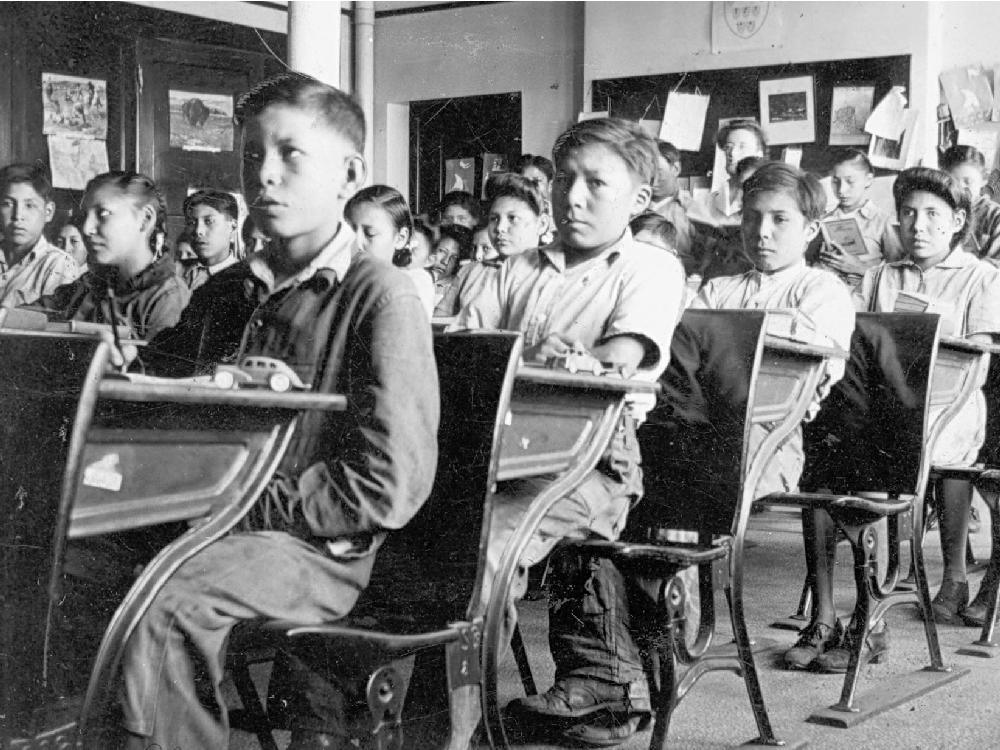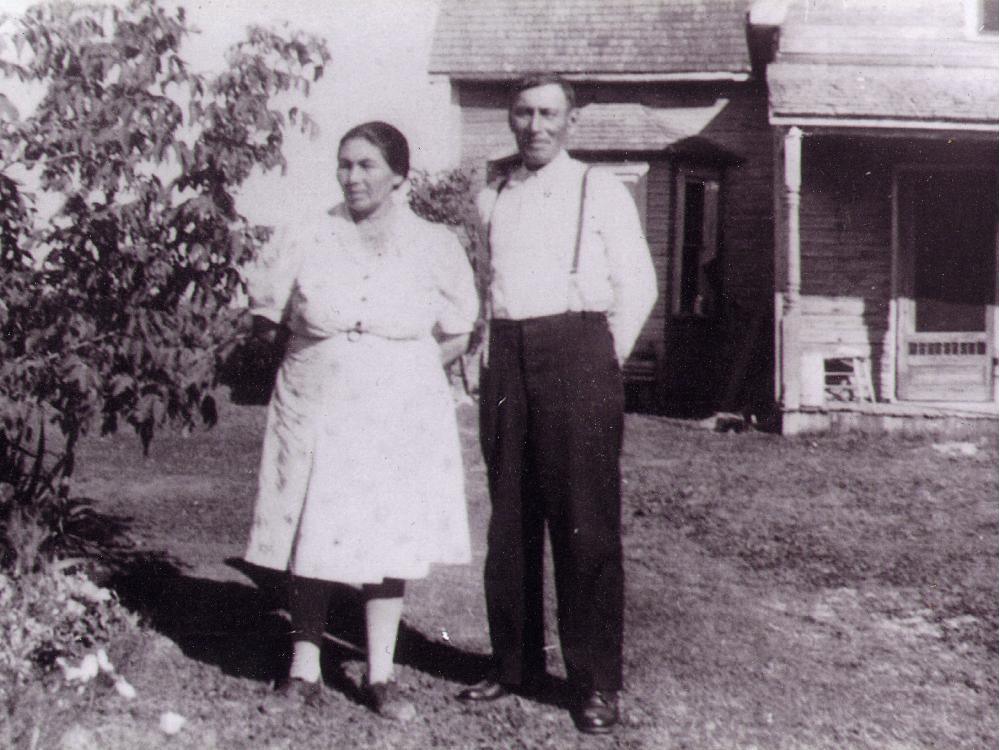Truth Seeker : Murray Sinclair's Relentless Quest for the Facts about Residential Schools
By Mark Kennedy
For most of the school year, they were not raised by loving parents, which meant they never learned how to become parents themselves. Instead, they were stripped of their own childhoods. The inter-generational fallout was shattering and the effects are still keenly felt today. “I always thought there was a certain element of my father’s existence in which he wished that somebody would put him out of his misery,” Sinclair told the Citizen in an interview. “It’s like he had given up his zest for life, his wanting to be alive.” For the past six years, Sinclair’s commission has worked assiduously to reveal the truth behind what happened to people such as his father at the residential schools, and to provide a safe place for school “survivors” to tell their stories. He has marvelled at their personal resilience after suffering so much abuse as children. It is a story all Canadians need to understand. Yet without Sinclair’s leadership, the Truth and Reconciliation Commission – once at death’s door because of an ugly spat between the three original commissioners, who resigned – would not itself have survived. Today, many see the TRC as a huge success. Under Sinclair, more than 7,000 former students have testified, either publicly or in private, to the reconstituted commission. Early on, he moved the commission’s headquarters to Winnipeg from Ottawa – a symbolic act that earned the trust of former students who still associate the nation’s capital with the creators of the school system. And he altered the structure within the TRC so that its executive director would not be accountable to the federal aboriginal affairs department. The senior administrative job went to Sinclair. He would make all the key decisions. Yet Sinclair also recognized early fears among churches and former staff members that the commission would be tilted towards former students and perhaps not represent them fairly. He met with priests and nuns, and ultimately even church representatives testified to the commission. Thanks to Sinclair’s legal expertise and determination, Prime Minister Stephen Harper’s Conservative government was forced by the courts to dig through its own archival records and pass them on to the commission. On June 2, Sinclair and his fellow commissioners, former journalist Marie Wilson and Alberta Chief Willie Littlechild, will release an executive summary of their final report. The commission’s full report – totalling two million words – will span several volumes and be released later this year. It will tell Canadians the brutal truth about their past and offer recommendations to federal and provincial governments. “When people look back on this experience in 25 or 50 years from now, I want them to be able to say that this was a turning point in the history of this country,” says Sinclair. “That this was a time that Canada came of age in its relationship with aboriginal people. That we came to recognize not only that we had been doing it wrong, but from now on, we can do it right.” Sinclair says he wants his children and grandchildren to one day say they live in a great nation. “I don’t think we are there yet. Many people think we are. Many people are resentful of the suggestion that we aren’t. But we’re not there. And until we come to terms with this, as a country we are living a false dream.” When Sinclair spoke with the Citizen recently, it was with humour, candour and thoroughness. His voice was clear and direct, and he often clasped his hands on the round table in front of him. His life story is one of early adversity, outstanding success as a youth in what was commonly known as a “white man’s” world, and self-discovery as an aboriginal. It sheds light on why many believe he was the perfect person – perhaps the only person – who could effectively lead the Truth and Reconciliation Commission.
Murray Sinclair was born in 1951 in the Selkirk area, north of Winnipeg, to Henry and Florence Sinclair. When Sinclair was just one year old, his mother died of a stroke. Henry was devastated and pulled back from the responsibility of raising four children. They were sent to live with his parents, Jim and Catherine Sinclair. It was there – raised by his grandparents – that Murray Sinclair got his real start in life. His father, as he would learn only much later, had been in a residential school when he was about 9 or 10; when his grandmother learned of the abuse, she moved the entire family to get him away from the school. But the damage was done. At the age of 14, Henry lied about his age and volunteered to fight for Canada during the Second World War. “I think he was running away from his memory,” says Sinclair. Returning home, his father took on extremely dangerous work in mines. Sinclair now recognizes that, too, as part of the damage that stemmed from his father’s school experience. “When you see people who abuse themselves in the way that he abused himself through alcohol and drugs and also putting himself into situations of danger – living on the streets or going off to war, and the kind of jobs that he undertook – you just knew that he was taking risks that other people wouldn’t necessarily take or would think twice about.” Murray Sinclair’s grandmother, Catherine, quickly became the most influential person in his life. She gave him an abiding sense of duty and spirituality that burns strongly to this day. She had gone to a residential school herself, and her family had promised that she would be a nun. When that didn’t happen, she promised one of her sons would be a priest. That didn’t happen either. So when Murray arrived in her care, he was the one designated to become a priest. Sinclair says he “embraced” the plan. “I was fervent about it. I went to church often. Two or three times a week. I was an altar boy.” He believed in the teachings of the Catholic church, adding, “It’s still part of my life. “I was always a very spiritual kid. I believed fervently in God. I still do. I was deeply spiritual in my assessment of things.” Later, says Sinclair, once he became “distracted by the things that distract teenagers,” he had to break the news to his disappointed grandmother that the priesthood was not for him. But Sinclair would never lose his spirituality; in fact, it became a key weapon in enduring the often horrific testimony he heard later as chair of the TRC. As a teenager, Sinclair attended Selkirk Collegiate. There were fewer than 10 aboriginals in his graduating class of more than 400. And yet, he was the star – chosen as class valedictorian and athlete of the year.
|
.
Any original material on these pages is copyright © BishopAccountability.org 2004. Reproduce freely with attribution.

